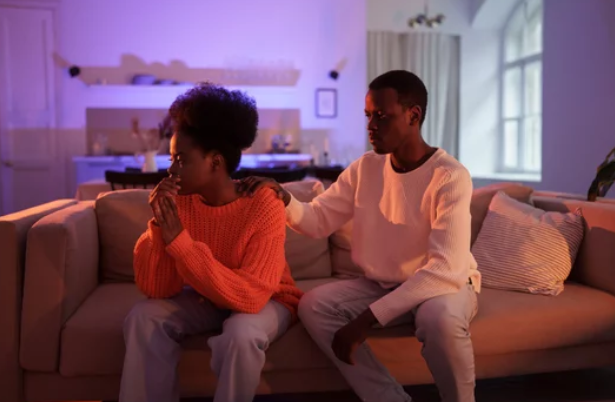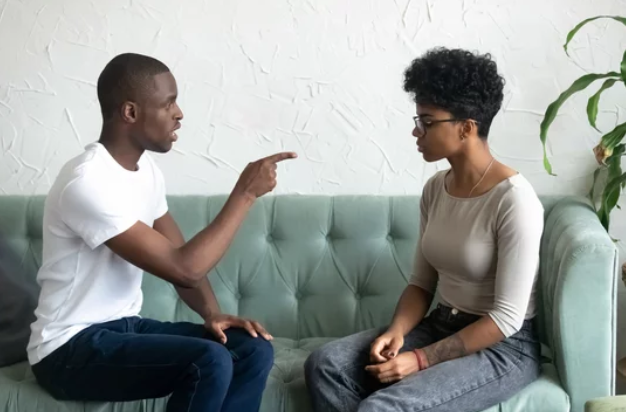No one is perfect, so there will come a time in everyone’s life where they either need to give an apology or receive one. And once you make the extra effort to put your pride to the side, that’s really no big deal.
However, a simple “sorry” won’t work for everyone. Some people simply don’t respond to words because they prefer changed behavior. Or perhaps that changed behavior isn’t enough unless it come with a gift.
We’re all different when it comes to making amends. And according to Chapman and Thomas, the creators of the apology language concept, there are five different types of expressing and receiving remorse. Think of it like love languages—but when you feel bad.
Here are a few examples to help you understand what your language may be. Still confused after reading this post? Take the quiz and know for sure what your type is.
1.) Expressing Regret
This is the traditional “I’m sorry”. While it may sound simple enough, so many people avoid apologizing in this way because they allow pride and embarrassment to block the much-needed vulnerability of regret. But like all things, saying sorry is the simplest way to apologize and if you or your partner need to hear it, why not go for it?
This is probably you or your partners apology language if:
- Verbal acknowledgement of hurt feelings is necessary for healing.
- Someone expressing their regrets let’s you know they’re genuine.
- Verbal apologizes help validate present feelings.
2.) Accepting Responsibility
Sometimes saying sorry isn’t enough—everyone also has to hold themselves accountable for their role in the situation. Having this be an integral part of your apology language means that you don’t only need someone to say sorry, you need them to know why they’re sorry in the first place before you’re really ready to forgive.
This is probably you or your partners apology language if:
- Ownership for the wrong they/you did is important when it comes to solving the problem.
- It’s imperative that everyone in the situation can define where they went wrong.
- Excuses are unacceptable.
3.) Genuinely Repenting
This one is similar to the both accepting responsibility and expressing regret because it deals with the outward expression of being remorseful. However, this “outward expression” is more active than it is verbal because it requires a change in behavior. For you and/or your partner, apologies come in the form of proving yourself.
This is probably you or your partners apology language if:
- Words are not enough, you need to see consistent change in behavior.
- There needs to be tangible proof that you/they are sorry.
- There needs to be a commitment to reassuring that behaviors won’t repeat.
4.) Making Restitution
By definition, restitution means recompense for injury or loss. In other words, you have to find a way to make up for all that was hurt or damaged in the situation—even if it was something intangible, like feelings. However, this is the most appropriate (and common) response when something physical is broken, damaged, or lost.
This is probably you or your partners apology language if:
- People need to put their money where their mouth is, literally and/or figuratively, to solve the problem.
- You/they need the scales to be balanced or corrected to feel that a problem was solved fairly.
- Others need to take initiative in apologizing instead of you requesting it from them.
5.) Requesting Forgiveness

Asking someone for their forgiveness is an underrated way of apologizing because it puts the power directly in the hands of the person who was hurt in the first place. You’re not begging, pleading, or trying to force your way back into their life—you’re simply allowing them the space to feel, heal, and decide how the situation will end up.
This is probably you or your partners apology language if:
- You/they need time and space to think before reconciling after a problem arises.
- You/they need to decide when or even if an apology is necessary.
- A willingness to wait for your forgiveness shows that they are genuinely sorry.
Why knowing your apology language may save your relationship in the long run.
It’s simple. When we know how our partner wants to be loved and they know how we want to be loved, it makes navigating the relationship much easier—and this applies doubly when dealing with hurtful situations.
As we build healthy, grown-up relationships, learning how to say sorry in general is important. But learning how to say sorry in a way that truly validates our or our partner’s feelings? Now that’s truly a game changer.









